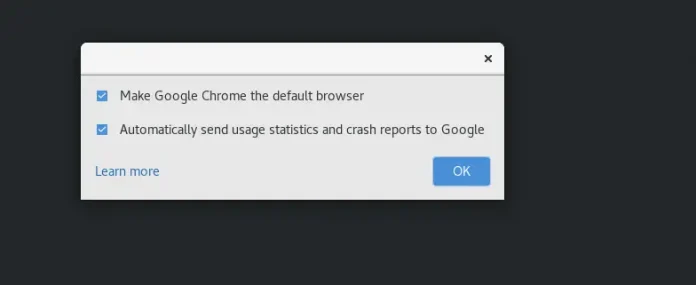The plusYears() method of Period class in Java is used to add the given years to this period. This functions operates only on YEARS and does not affect MONTH and DAYS.
Syntax:
public Period plusYears(long yearsToAdd)
Parameters: This method accepts a single parameter yearsToAdd which is the number of years to be added to the period.
Return Value: This method returns a Period based on provided period in the input adding the specified number of years. It must not be null.
Exceptions: It throws an ArithmeticException. This exception is caught if numeric overflow occurs.
Below programs illustrate the above method:
Program 1:
// Java code to show the function plusYears()// to add the number of years from given periodsimport java.time.Period;import java.time.temporal.ChronoUnit; public class PeriodClass { // Function to add years to given period static void addYears(Period p1, int yearstoAdd) { System.out.println(p1.plusYears(yearstoAdd)); } // Driver Code public static void main(String[] args) { // Defining first period int year = 4; int months = 11; int days = 10; Period p1 = Period.of(year, months, days); int yearstoAdd = 8; addYears(p1, yearstoAdd); }} |
P12Y11M10D
Program 2: Period can be negative.
// Java code to show the function plusYears()// to add the number of years to given periodsimport java.time.Period;import java.time.temporal.ChronoUnit; public class PeriodClass { // Function to add years to given periods static void addYears(Period p1, int yearstoAdd) { System.out.println(p1.plusYears(yearstoAdd)); } // Driver Code public static void main(String[] args) { // Defining first period int year = -4; int months = -11; int days = 0; Period p1 = Period.of(year, months, days); int yearstoAdd = 8; addYears(p1, yearstoAdd); }} |
P4Y-11M
Reference: https://docs.oracle.com/javase/8/docs/api/java/time/Period.html#plusYears-long-




